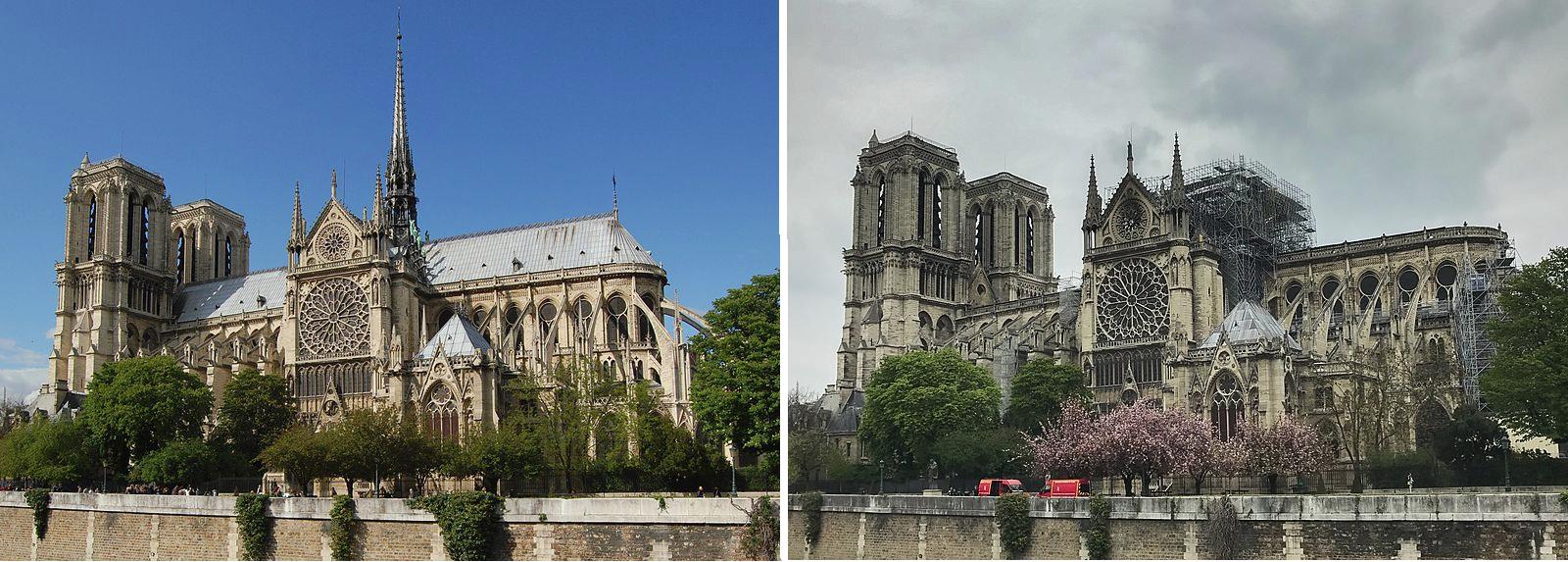How Notre Dame can rise from the ashes

With the recent devastating fire at Notre-Dame Cathedral in Paris, the use of modern technologies to aid the reconstruction of historic buildings is very much in the news. Here at the VISTA AR project, we have a range of experts who know exactly how it can be done. Erwan Mahé who leads the DPN Lab at EESAB in Rennes is the project’s resident scanning and model expert, using high-powered technologies to scan structures and produce millions of digital points recorded in space to create an exact 3-D digital model, used in the reconstruction of ruined parts of one of our experimentation sites, the Chateau de Fougères. The equipment used includes a variety of high-precision devices: an aerial drone, a DJII Inspire drone and a 50mp 4kg camera.


Further examples of the DPN Lab’s work can be seen here: https://www.youtube.com/watch?v=edv4Y9ElfNI&t=5s
Various organisations have used scanning techniques to analyse and reconstruct buildings around the world. The most high-profile is arguably Google, which has embarked on a partnership project to make 3D models to save the world’s at-risk heritage sites from destruction. You can find out more about the project here: https://artsandculture.google.com/project/openheritage
Architectural historian Andrew Tallon, who died last year, used a Leica ScanStation C10 to scan Notre-Dame over 5 days. 1 billion data points were produced, which software could render into images of the three-dimensional space. Once these have been joined and put onto 3-D models, you would have a very detailed and high-resolution recreation of Notre Dame.
The advantage of this technology over drawings and archive material is that accuracy is much greater, potentially to the millimetre. So as the debate rages over how the Cathedral may be rebuilt (if at all), alongside the inevitable investigation into the cause of the fire, companies and individuals with expertise in laser scanning and processing are waiting to hear if their services may be required. Whatever is decided in France, the vision is to complete the work within 5 years, to coincide with the 2024 Olympics. We may see Notre Dame rise from the ashes in tribute to its former glory or a radical new structure may be built to coexist with the remaining architecture.
Meanwhile, the VISTA project is continuing to work on recreating historical buildings, landscapes and artefacts, giving life to the past to help people understand how these places used to look and function many years ago. As the project progresses, our experimentation enables us to produce models with a greater degree of accuracy and research details such as material, transportation and positioning, knowledge that we will be able to pass on to cultural heritage sites on both sides of the channel as part of the VISTA solution. If you are interested in finding out more about how VISTA could work with your site, please contact us at vista-ar@exeter.ac.uk
